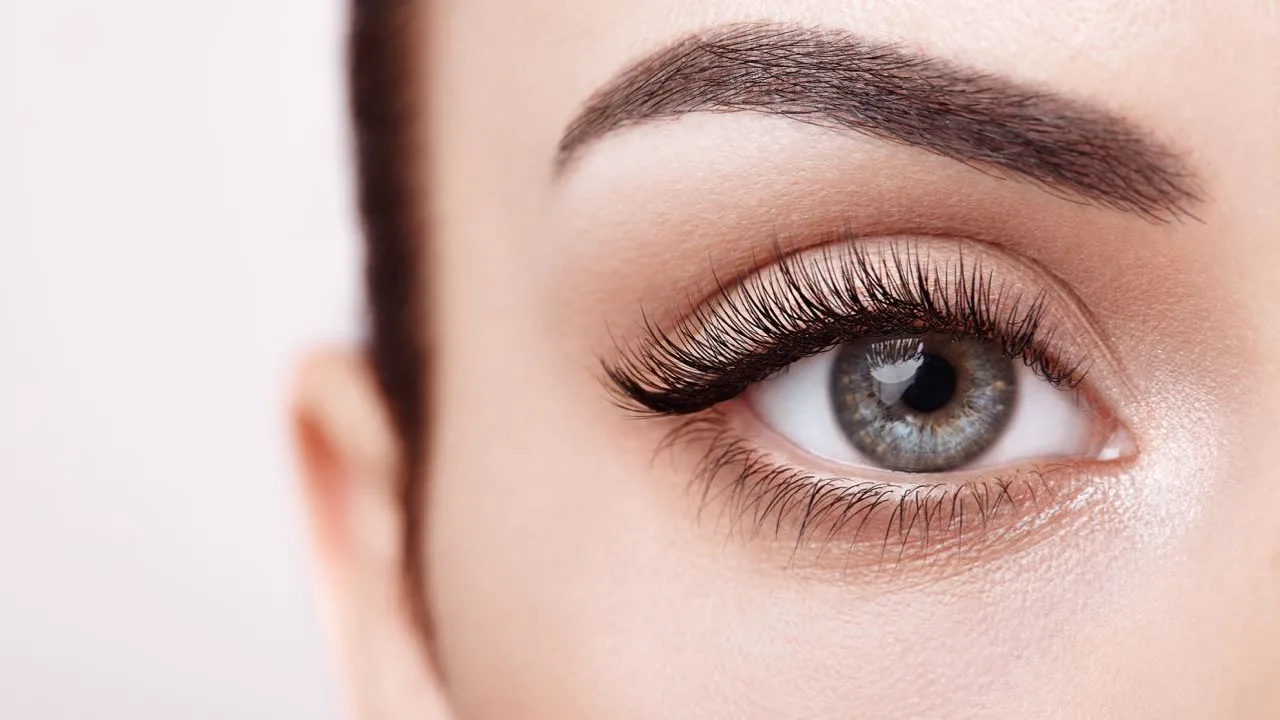Caring for the Area Around the Eyes: An Analysis of Its Importance and Methodologies
The periorbital region, the delicate anatomical territory encompassing the eyelids and surrounding skin, serves as a primary indicator of health, fatigue, and the chronological progression of aging. Its exceptional vulnerability to environmental and physiological stressors necessitates a specialized and scientifically informed approach to care that extends beyond rudimentary cosmetic maintenance. A comprehensive strategy involves understanding the unique histological and physiological characteristics of this area, implementing targeted topical interventions, and recognizing the profound impact of systemic factors. Neglecting this region can accelerate the visible signs of aging, whereas a dedicated regimen can preserve its structural integrity and aesthetic quality.
The Anatomical Imperative for Specialized Periorbital Care
The skin of the periorbital area is fundamentally distinct from the skin on the rest of the face, a difference that dictates its heightened susceptibility to degradation. Histological analysis reveals that the epidermis around the eyes is significantly thinner, averaging just 0.33-0.36 mm, compared to 1-2 mm elsewhere. [1][2] This thinness is coupled with a dermis containing a less dense and more fragile network of collagen and elastin fibers, which are inherently more prone to fragmentation. [1] Furthermore, this region is characterized by a near-complete absence of subcutaneous fat and a sparse distribution of sebaceous glands, the skin’s natural moisturizing apparatus. [1] This anatomical reality results in a compromised hydrolipidic film and a weaker skin barrier, leading to increased transepidermal water loss and chronic dehydration. The area’s high vascularity, with a dense capillary network situated just beneath the translucent epidermis, makes blood vessels more prominent. [1][3] This can manifest as the bluish or purplish hue of infraorbital dark circles, a condition exacerbated by vascular congestion or the leakage and subsequent breakdown of hemoglobin into pigments like hemosiderin. [4][5] Compounding these structural vulnerabilities is the relentless mechanical stress from the orbicularis oculi muscle, which facilitates thousands of blinks and expressive movements daily, directly contributing to the formation of dynamic and, eventually, static rhytids, or wrinkles, such as “crow’s feet”. [1]
Strategic Intervention: A Multi-Modal Approach to Periorbital Management
Effective management of the periorbital area requires a multi-modal strategy that combines preventative measures, targeted topical treatments, and, where appropriate, professional procedures. The cornerstone of topical care lies in the selection of active ingredients formulated to address specific concerns within this delicate zone. Retinoids, including retinol and its derivatives, are considered a gold standard for anti-aging due to their proven ability to stimulate collagen synthesis, increase epidermal turnover, and improve skin texture. [6][7] Clinical studies have demonstrated that retinoid use can lead to significant reductions in wrinkle depth and improvements in skin elasticity in the periorbital area. [6] Peptides, which are short chains of amino acids, function as signaling molecules that stimulate the production of structural proteins like collagen and elastin, leading to firmer skin and a reduction in puffiness. [6][8] Clinical trials have reported notable improvements in skin elasticity and reductions in wrinkle depth within weeks of using peptide-based formulations. [6][9]
For addressing hyperpigmentation and dark circles, antioxidants like Vitamin C and Niacinamide are crucial. Vitamin C not only aids in collagen synthesis but also inhibits tyrosinase, an enzyme necessary for melanin production, thereby helping to lighten discoloration. [10][11] Niacinamide (Vitamin B3) contributes by reducing the transfer of melanosomes from melanocytes to skin cells and strengthening the skin barrier. [10][12] Studies show that a 5% concentration of niacinamide can significantly improve skin elasticity and decrease wrinkles. [13] For hydration, hyaluronic acid is unparalleled in its ability to attract and retain moisture, which plumps the skin and diminishes the appearance of fine lines. [13] Beyond topicals, professional treatments offer more dramatic results. These range from dermal fillers containing hyaluronic acid to restore lost volume in the tear trough, to energy-based devices like radiofrequency and fractional lasers that stimulate deep collagen production to tighten lax skin. [14][15]
Systemic Factors and Environmental Aggressors: An Integrated Perspective
The health of the periorbital skin is inextricably linked to systemic biological processes and lifestyle choices. One of the most significant internal aging factors is glycation, a non-enzymatic reaction where excess sugar molecules bind to collagen and elastin fibers. [16][17] This process forms Advanced Glycation End Products (AGEs), which cause the protein fibers to become rigid, brittle, and discolored, leading to a loss of elasticity, increased wrinkles, and a sallow skin tone. [18] The accumulation of AGEs in the skin is exacerbated by UV radiation, creating a synergistic effect that accelerates dermal damage. [16][19] Chronic stress also plays a detrimental role by elevating cortisol levels. [4] Elevated cortisol can degrade collagen and impair the skin’s barrier function, contributing to premature aging.
Furthermore, the periorbital region possesses a unique lymphatic system responsible for fluid drainage. [1] When this system is impaired due to factors like lack of sleep, high sodium intake, or allergies, fluid can accumulate, resulting in periorbital edema, commonly known as puffiness or “bags” under the eyes. [20][21] This highlights the importance of adequate sleep and a balanced diet. Gentle lymphatic drainage massage, performed with soft tapping motions or specialized tools, can help stimulate circulation and reduce this fluid retention. [20][22] Ultimately, a holistic approach that includes a low-glycemic diet, stress management, consistent sun protection, and adequate rest is as critical to maintaining the integrity of the periorbital area as any topical application or professional procedure.



